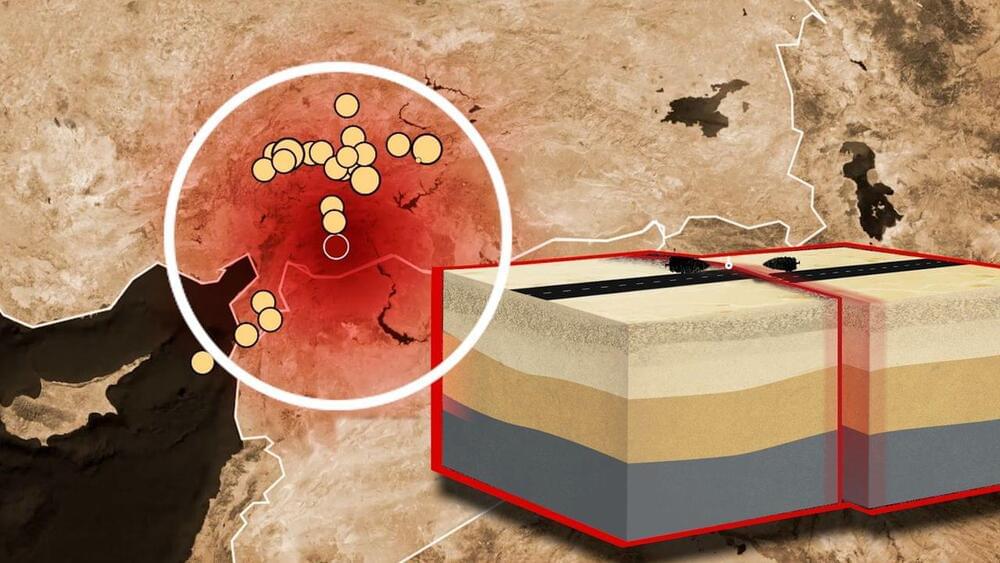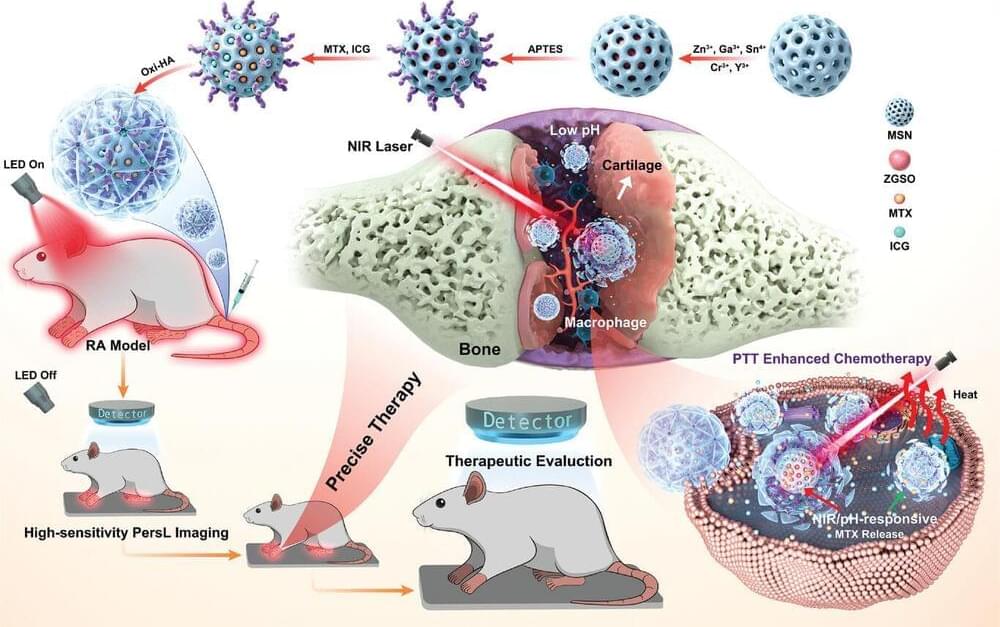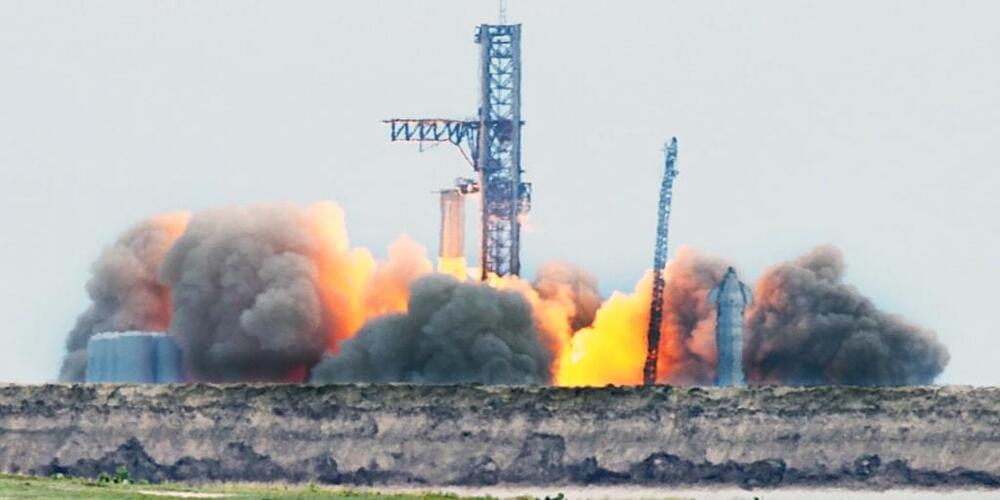From bullshit generation to culture wars and the end of ad revenue.
With ChatGPT all over the news and more companies turning to various forms of automation to make their operations run more smoothly, it’s understandable that those who fear their jobs could be replaced by robots are feeling some anxiety lately.
Naturally, the companies fastest to embrace this technology are those that can afford it. Amazon announced the introduction of fully autonomous robots into its warehouses in June 2022. But the company has been using robotics since 2012, when it acquired order fulfillment company Kiva Systems for $775 million.
Above the islands of Hawaii o n January 28, a green laser was seen piercing the night sky, silently tracing a path towards the horizon like a stutter in the Matrix’s code.
The scene was caught on camera from a telescope atop Hawaii’s tallest peak.
You can check out the scanning laser in the footage below.
A trailblazing experiment could yield results that help prove the existence of a quantum gravity particle.
Check out all the on-demand sessions from the Intelligent Security Summit here.
Since its launch in 2020, Generative Pre-trained Transformer 3 (GPT-3) has been the talk of the town. The powerful large language model (LLM) trained on 45 TB of text data has been used to develop new tools across the spectrum — from getting code suggestions and building websites to performing meaning-driven searches. The best part? You just have to enter commands in plain language.
GPT-3’s emergence has also heralded a new era in scientific research. Since the LLM can process vast amounts of information quickly and accurately, it has opened up a wide range of possibilities for researchers: generating hypotheses, extracting information from large datasets, detecting patterns, simplifying literature searches, aiding the learning process and much more.
Powerful earthquakes hit Turkey and Syria, causing thousands of deaths in Turkey’s worst seismic event in decades. WSJ explains why the meeting of three tectonic plates under the region mean there may be more earthquakes along the faultlines.
News Explainers.
Some days the high-speed news cycle can bring more questions than answers. WSJ’s news explainers break down the day’s biggest stories into bite-size pieces to help you make sense of the news.
Rheumatoid arthritis (RA), known as “immortal cancer,” is a chronic, progressive autoimmune inflammatory disease. The development and application of an RA high-sensitivity theranostics probe can help to accurately monitor the progression and realize the efficient treatment of RA.
In a study published in Advanced Science, a research group led by Prof. Zhang Yun from Fujian Institute of Research on the Structure of Matter of the Chinese Academy of Sciences developed a dual-triggered theranostics nanoprobe based on persistent luminescence nanoparticles (PLNPs) for RA autofluorescence-free imaging-guided precise treatment and therapeutic evaluation.
The researchers first prepared a renewable near-infrared (NIR)-emitting Zn1.3 Ga1.4 Sn0.3 O4:0.5%Cr3+, 0.3%Y3+ (ZGSO) PLNPs by a facile mesoporous silica template method.
SpaceX is a big step closer to sending its giant Starship spacecraft into orbit, completing an engine-firing test at the launch pad on Thursday.
Thirty-one of the 33 first-stage booster engines ignited simultaneously for about 10 seconds in south Texas. The team turned off one engine before sending the firing command and another engine shut down — “but still enough engines to reach orbit!” tweeted SpaceX’s Elon Musk.
Musk estimates Starship’s first orbital test flight could occur as soon as March, if the test analyses and remaining preparations go well.
Proto is betting that companies will view their 7-foot-tall holographic projection boxes as an alternative for in-person meetings. At least a half-dozen startups and giants like Google and Microsoft already are.
——-
Like this video? Subscribe: https://www.youtube.com/Bloomberg?sub_confirmation=1
Become a Quicktake Member for exclusive perks: https://www.youtube.com/bloomberg/join.
Bloomberg Originals offers bold takes for curious minds on today’s biggest topics. Hosted by experts covering stories you haven’t seen and viewpoints you haven’t heard, you’ll discover cinematic, data-led shows that investigate the intersection of business and culture. Exploring every angle of climate change, technology, finance, sports and beyond, Bloomberg Originals is business as you’ve never seen it.
Subscribe for business news, but not as you’ve known it: exclusive interviews, fascinating profiles, data-driven analysis, and the latest in tech innovation from around the world.
A broad, flexible AI will be used to analyze Earth science images to help scientists identify weather and natural disasters.









